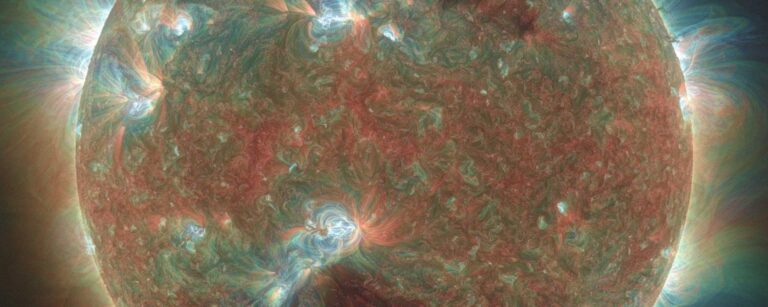New research from the University of Maryland and the National Center for Atmospheric Research (NCAR) has found a correlation between the end of solar cycles and a switch from El Nino to La Nina conditions in the Pacific Ocean.
The research, funded by the National Science Foundation – NCAR’s sponsor – and the NASA Living With a Star program, suggests that solar variability can drive seasonal weather variability on Earth.
The study, which was outlined in the Earth and Space Science journal, was led by Robert Leamon at the University of Maryland, Baltimore County, and co-authored by Daniel Marsh, senior scientist at NCAR.
The correlation found in the study could help to improve the predictability of the largest El Nino and La Nina events, which have a number of seasonal climate effects over land.
“Energy from the Sun is the major driver of our entire Earth system and makes life on Earth possible,” said Scott McIntosh, a scientist at NCAR and co-author of the paper. “Even so, the scientific community has been unclear on the role that solar variability plays in influencing weather and climate events here on Earth. This study shows there’s reason to believe it absolutely does and why the connection may have been missed in the past.”
According to NCAR, as part of the study researchers looked at a 22-year ‘clock’ for solar activity derived from the Sun’s magnetic polarity cycle, which they outlined as a more regular alternative to the 11-year solar cycle in several companion studies published recently in peer-reviewed journals.
The 22-year cycle begins when oppositely charged magnetic bands that wrap the Sun appear near the star’s polar latitudes, according to their recent studies. Over the cycle, these bands migrate toward the equator, causing sunspots to appear as they travel across the mid-latitudes. The cycle ends when the bands meet in the middle, mutually annihilating one another in what the research team calls a terminator event. These terminators provide precise guideposts for the end of one cycle and the beginning of the next.
The researchers imposed these terminator events over sea surface temperatures in the tropical Pacific stretching back to 1960. They found that the five terminator events that occurred between that time and 2010-11 all coincided with a flip from an El Nino to a La Nina. The end of the most recent solar cycle, which is unfolding now, is also coinciding with the beginning of a La Nina event.
“We are not the first scientists to study how solar variability may drive changes to the Earth system,” Leamon said. “But we are the first to apply the 22-year solar clock. The result – five consecutive terminators lining up with a switch in the El Nino oscillation – is not likely to be a coincidence.”
Read the full paper here: Termination of Solar Cycle and Correlated Tropospheric Variability



